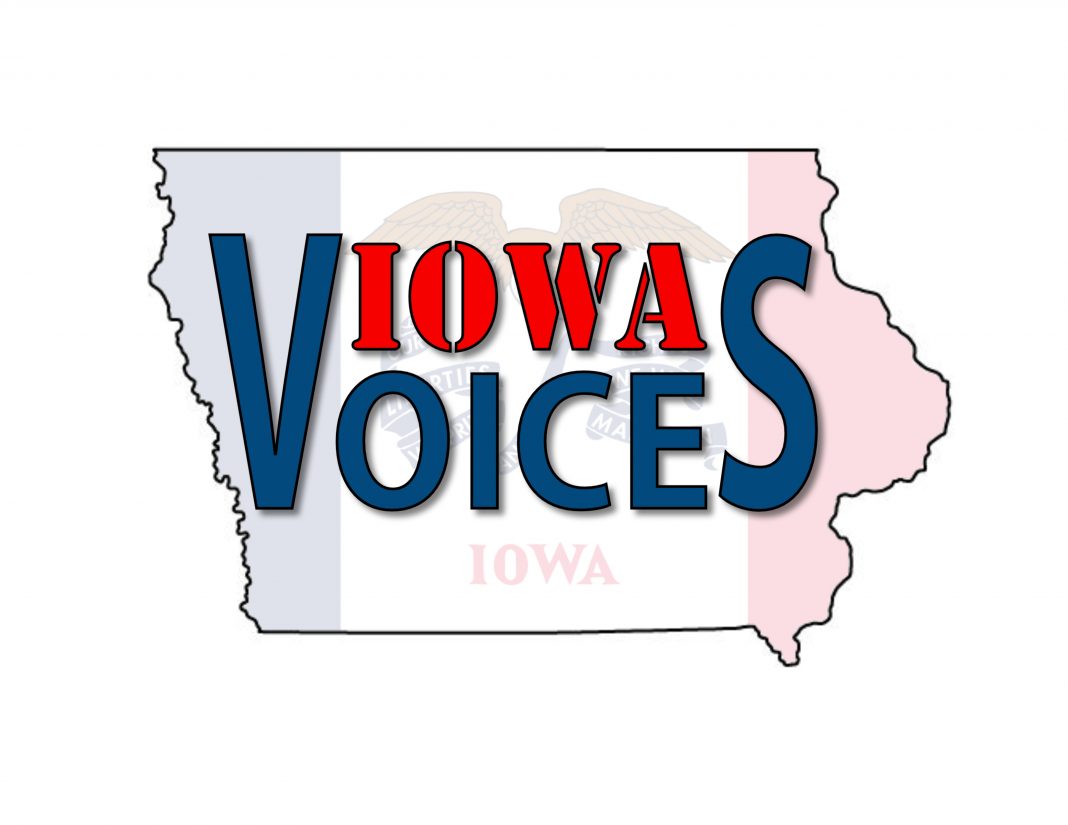The AARP is out with an interesting new advertising campaign. Actually, it’s an old AARP warning about threats to Social Security, but with a curious new twist. AARP is now acknowledging what recent polling of older Americans has shown: that many voters 55 and older don’t agree with many of the organization’s positions or trust it on many levels due to its corporate financial relationships. AARP now wants this crucial voting bloc’s trust back when it comes to Social Security, but what is their true motivation?
First, let’s provide some context. Despite its non-profit tax status, the AARP is a massive commercially funded enterprise that earned over $2 billion in revenue in 2021. More interesting, over half of those revenues – more than $1 billion – came from corporate royalties – three times more than AARP members pay in dues. And most of that was from a single company – the massive health insurance and pharmacy benefit manager (PBM) corporation UnitedHealth. In fact, it is estimated that AARP has been paid more than $6 billion over the last decade from its financial partnership with that company alone.
AARP is also a political juggernaut. AARP boasts of having nearly 40 million members and has mass marketing and data collection capabilities to reach millions beyond that. AARP leverages its advocacy platform and spends millions of dollars each year on selective and lobbying campaigns to influence Members of Congress and state legislatures. In short, they have one of the biggest megaphones in modern politics and they use it, or don’t use it, very effectively.
A case example is AARP’s support for Congressional Democrats’ most recent spending bill, the ironically named Inflation Reduction Act (IRA), which made significant changes to Medicare. AARP and liberal policymakers in Washington touted the IRA as a means to “lower drug prices” but were less forthcoming about the bill diverting an estimated $280 billion in Medicare drug savings to unrelated spending. This included billions to fund costly electric vehicle tax credits and non-Medicare health insurance premium subsidies paid to companies like AARP’s financial partner UnitedHealth.
Furthermore, these tax giveaways were available immediately for people buying new vehicles and health policies, but the lion’s share of promised drug benefits for seniors were delayed for later implementation. The IRA also included government price controls on drugs despite Congressional Budget Office (CBO) warnings they’d lead to reduced R&D investments and fewer new breakthrough medicines, and other warnings about potential drug shortages and access restrictions. Sadly, much of what critics forecasted has proven true.
AARP has admitted it spent over $60 million dollars to help pass the IRA. This included television ads, events, and petition drives – almost all of which benefited Democrats leading into the last election cycle. Ultimately, the IRA allowed Democrats to tap Medicare once again as a piggy bank for their pet spending projects – similar to a decade ago when the AARP-endorsed Obamacare legislation raided the program of some $720 billion. In both instances, big insurers were handed a financial windfall at Medicare’s expense.
Later, when bipartisan reforms to stop big insurer-PBMs from pocketing large drug discounts meant for Medicare patients advanced in Congress – the biggest healthcare reform measure this year – AARP was silent for nearly a year. No TV ads, events, or petitions. It’s notable that just three big PBMs control 80 percent of the drugs prescribed in America and all three are owned by big insurers. This includes OptumRx, a cash cow subsidiary wholly owned by AARP’s financial benefactor, UnitedHealth. AARP eventually quietly supported reforms only after mounting public pressure and numerous inquiries from seniors, who had been wondering about their conspicuous silence regarding one of this year’s pivotal healthcare reforms.
For many older Americans, especially conservatives, AARP’s alliance with big insurers and liberal Democrats, and their aggressive posture on policies beneficial to insurer-PBMs and silence on those that could negatively impact them, provided ample reasons to lose trust in the organization.
So, what does this have to do with Social Security? Is AARP back on the airwaves trying to scare older Americans in an effort to unite them out of fear and attempt to win back their trust? Are they doing so to increase their membership dues? It’s not like they need the money – UnitedHealth earns them plenty. More likely is that AARP is doing so for purely political reasons. Namely, to help their political benefactors – Democrat leaders in Washington – maintain their majority power. Without it, AARP, and its financial partner UnitedHealth, and other big insurer-PBMs, would likely be subject to much greater scrutiny.
If AARP is not offering any solutions to address Social Security’s financial challenges, they’re just visibly elevating the problems and attempting to inflame those potentially impacted. Doing so then allows both the AARP and Democrats a platform to then pounce on any conservatives that dare to take any possible approach outside of significantly raising taxes to address the program’s projected shortfalls and benefit cuts.
That’s not advocating for older Americans; that’s gaslighting them to benefit AARP’s political and financial partners. And more reason not to trust AARP.
– Dan Smicker












